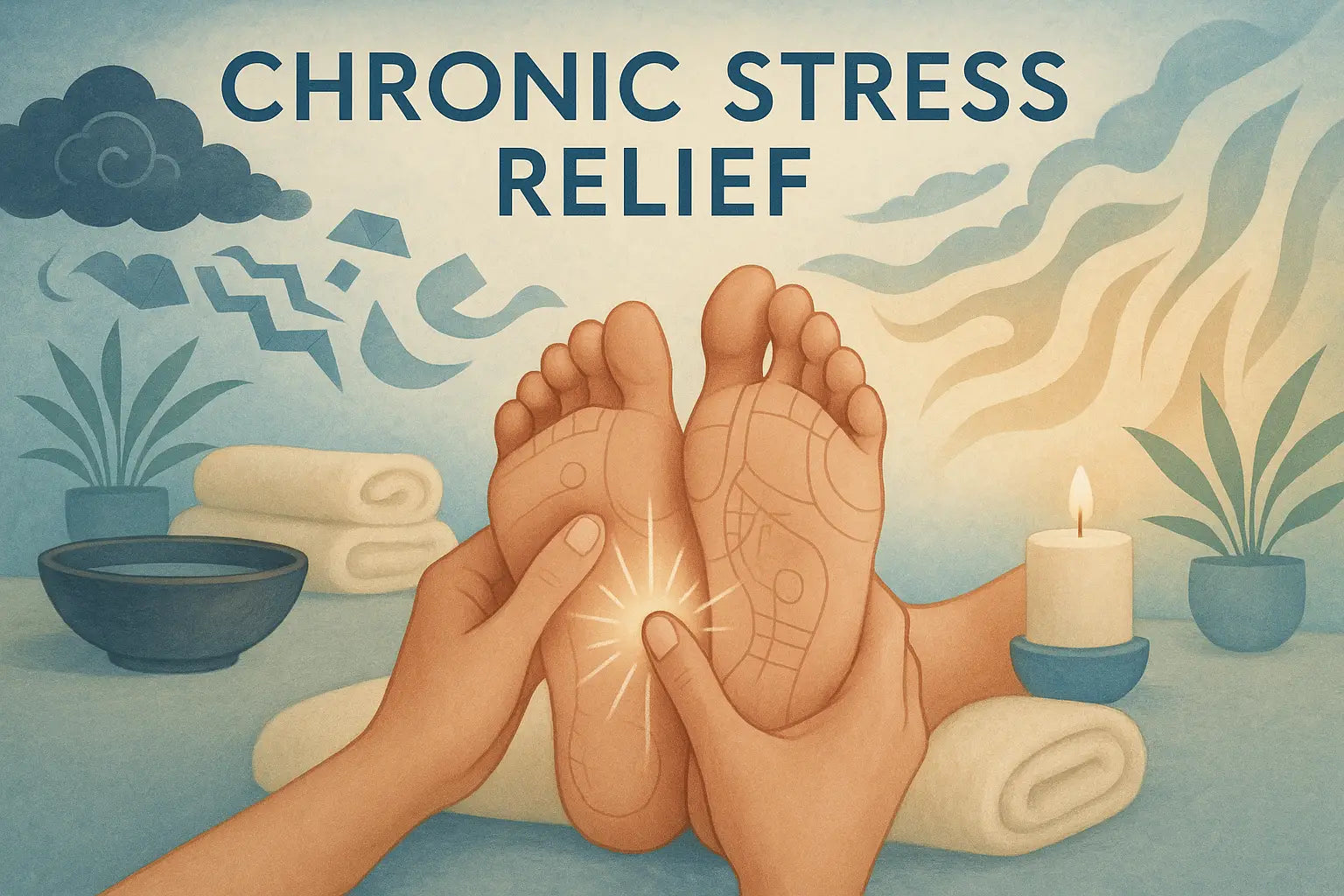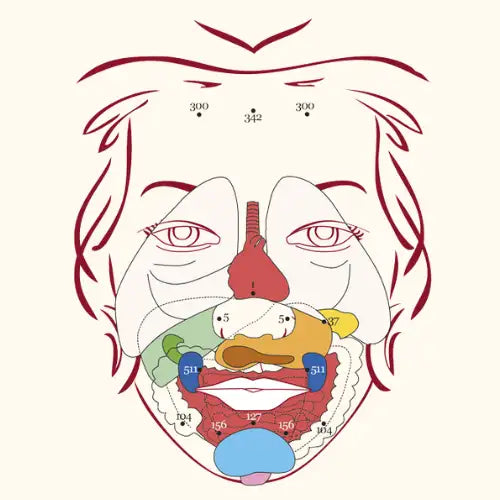Reclaiming Balance: How Foot Reflexology Can Transform Your Stress Response
Foot Reflexology. Published August 13, 2025 Updated November 25, 2025.
Reclaiming Balance: How Foot Reflexology Can Transform Your Stress Response
In what reflexology instructor Erica Weiland calls ’the age of stress, ’ we’re witnessing an unprecedented epidemic of chronic tension that’s literally reshaping our bodies—starting with our feet. If you’ve ever wondered why foot problems seem more common than ever, or why your stress feels impossible to shake, the answer lies in understanding how our nervous system responds to the relentless demands of modern life. The Hidden Language of Stressed Feet. Your feet are telling a story about your stress levels that most people never learn to read.
At Quanta School of Reflexology, we understand that chronic stress significantly impacts overall well-being. Our expert foot reflexology sessions offer a holistic approach to managing the daily pressures that accumulate in your body. When you experience prolonged periods of stress, your nervous system remains in a heightened state of alert, often referred to as the ‘fight or flight’ response. This continuous activation can lead to physical manifestations such as tight muscles, poor circulation, and, notably, discomfort in your feet. Our specialized foot reflexology techniques target specific reflex points on your feet that correspond to various organs and systems throughout your body, promoting deep relaxation and encouraging your body’s natural healing processes.
Through precise pressure and massage, foot reflexology helps to stimulate the parasympathetic nervous system, shifting your body out of its stress-induced state and into a more restful one. This not only alleviates immediate tension in your feet but also encourages a systemic reduction in stress hormones. Regular foot reflexology at Quanta School of Reflexology can improve sleep quality, enhance mood, and increase your resilience to future stressors. Many clients report a profound sense of calm and improved energy levels after just a few sessions. Investing in your well-being with professional foot reflexology is an investment in a more balanced, less stressed life. Discover how this ancient practice, delivered with modern expertise, can transform your stress response and bring lasting relief.













